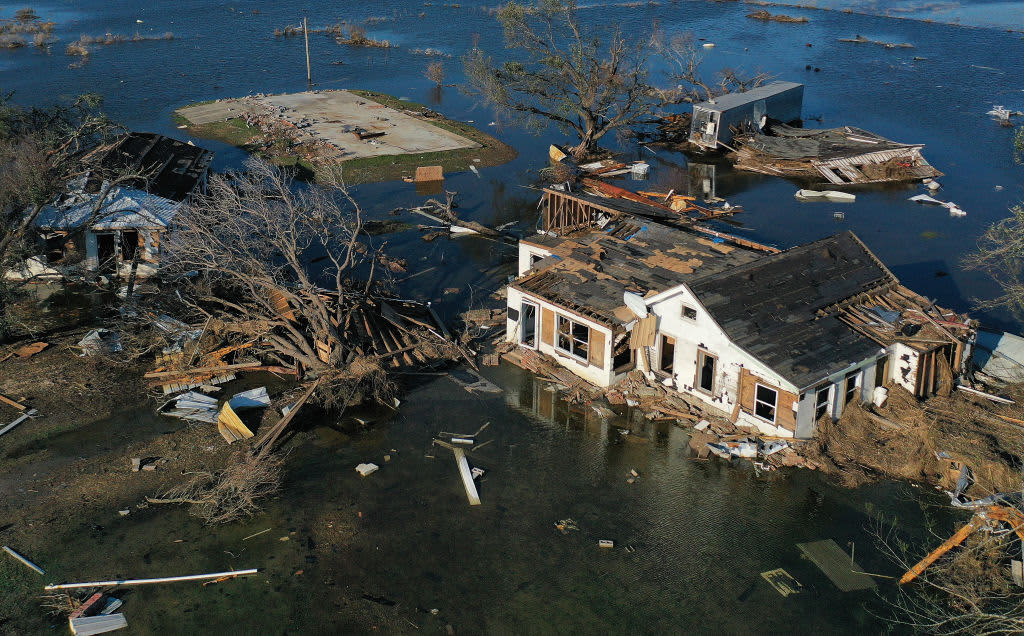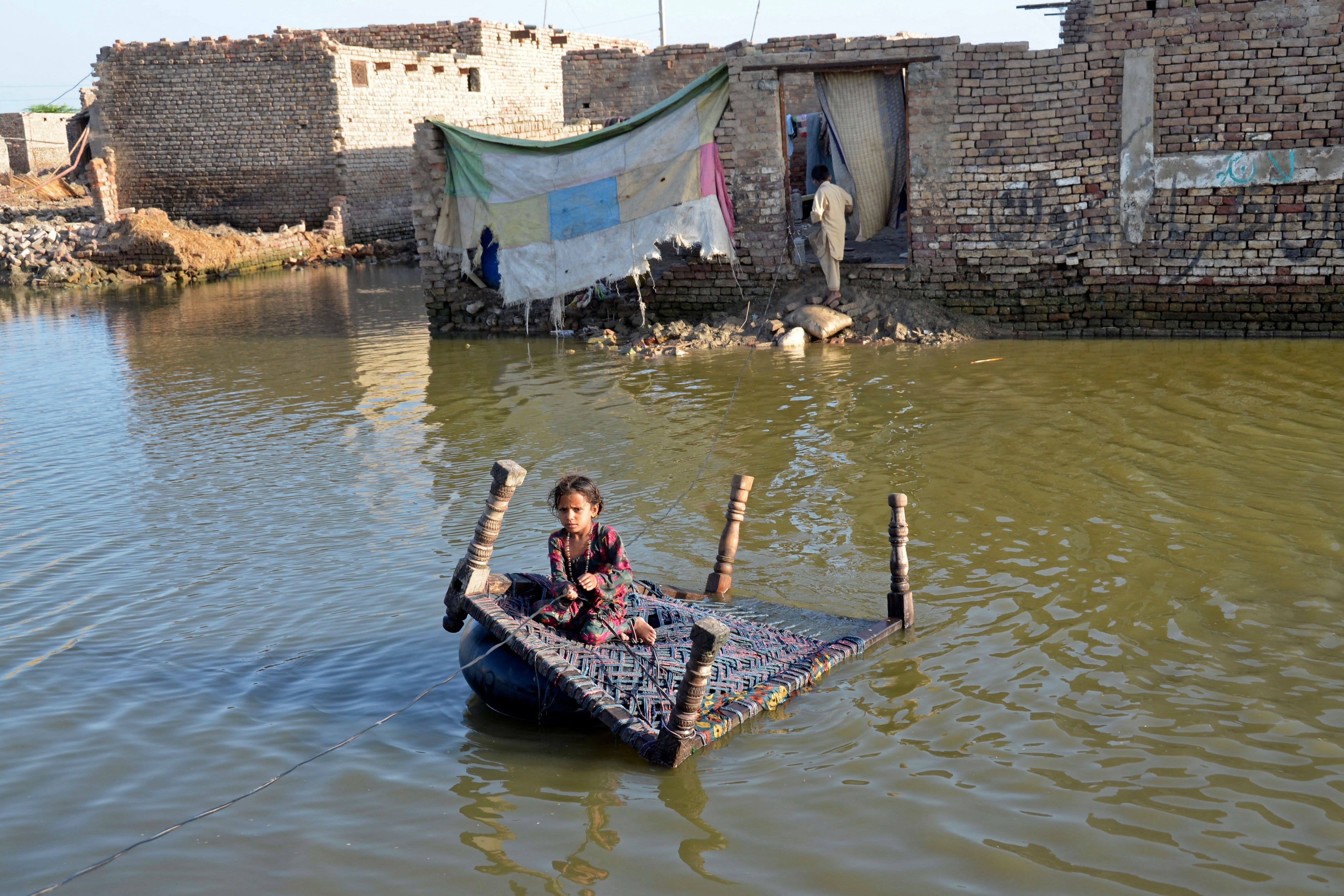There's a slowly unfolding natural disaster in the Central Valley about halfway between Fresno and Bakersfield just east of Interstate 5 in the town of Corcoran.
In this area people have worked for a century to make California’s Tulare Basin into a food grower's paradise. But now that pastoral landscape now looks more like the Pacific Ocean as more than 30 square miles is now underwater.
After all of the atmospheric river storms pummeled the area and saturated the basin’s soil, floods have damaged towns and deluged farms and have begun to refill what was once a sprawling lake.
The floods have pitted neighboring property owners against one another and raised tensions over how to manage the flows, which have damaged hundreds of structures. And more water is on the way. A slow-burning crisis will play out next as a historic snowpack looms in the mountains above the basin.
As it melts, it is likely to put downstream communities through months of torment. The flooding, which follows several years of extreme drought, is another example weather whiplash due to the influence of climate change which can make extremes more intense and more frequent.
The reforming Tulare Lake, which was drained for farming a century ago, could remain on the landscape for years, disrupting growers in a region that produces a significant proportion of the nation’s supply of almonds, pistachios, milk and fruit. This will have a ripple effect on the nation’s food supply and leave farmworkers without income for an undetermined amount of time.
Get a weekly recap of the latest San Francisco Bay Area housing news. Sign up for NBC Bay Area’s Housing Deconstructed newsletter.



